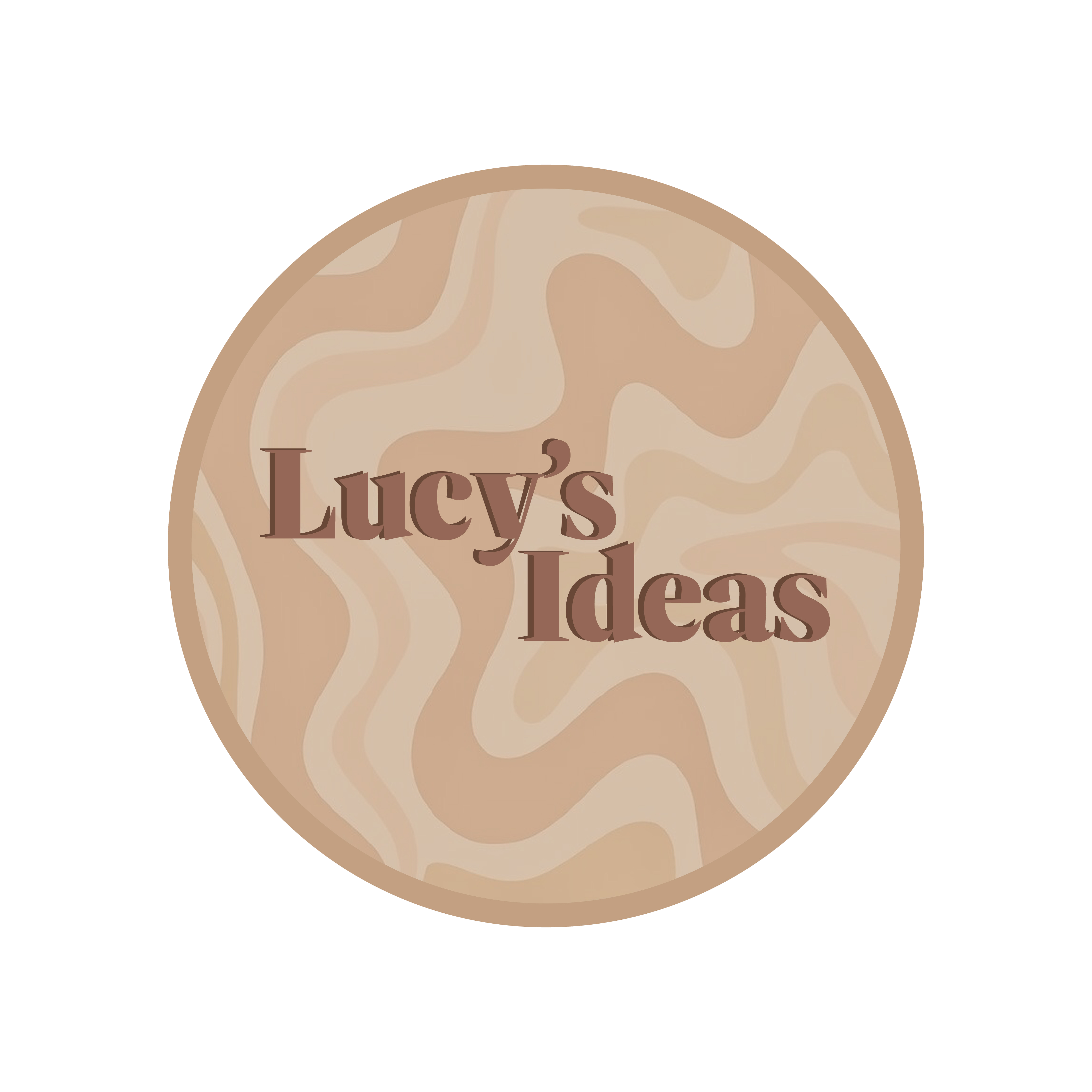“Minimalism is an extreme form of abstract art developed in the USA in the 1960s and typified by artworks composed of simple geometric shapes based on the square and the rectangle,” is how Tate describe minimalistic artwork. Aesthetically, minimalist art offers a highly purified form of beauty. It can also be seen as representing such qualities as truth (because it does not pretend to be anything other than what it is), order, simplicity, and harmony. Minimalist painter Frank Stella famously said about his painting ‘What you see is what you see’. (tate.org, n.d.).
Bruce Nauman’s artistic practice famously began with the simple question – “What to do?”. The following piece was part of his second strand of work that reflects his fascination with language; working with puns, double meanings, and idioms. The overall series invites focus on the materiality of the neon tubing as well as the materiality of language itself. Later is this series of compositions, he liked to form fluorescent neon tubing into words. One of these being “Life, Death, Love, Hate, Pleasure, Pain” (1983) which each word illuminate’s and overlay in alternating colours. It explores the minimalistic approach of just tactically placing 6 words in a circle which consider what the artist feels as the circle of life. (artsandculture.google.com, n.d.).

Referencing back to Frank Stella, he is considered “the most influential American painter from the generation that abandoned and surpassed Abstract Expressionism.” One of his most famous minimalist pieces consisted of “Ifafa II” (1968), which was part of the “V Series” which locates his iconic geometric shaped canvases. Essential to his practice, there is no allusion to narrative; his work forces the viewer to observe and simply enjoy. These specific pieces are created with metallic inks and significantly differ from other prints of the era. The other compositions are centred on the sheet, whereas instead Stella preferred the ‘justified left’ approach. (caviar20.com, n.d.).

Robert Ryman is one of the pioneers of minimalist painting whose works attempt to empty the painting of content to focus almost entirely on form and process. This idiom was what he worked on for 60 years, long past the minimalist era as part of a cutting-edge movement. “Untitled (Orange Painting)” (1955) is considered his first ‘professional’ piece of work. His thought process when producing these early pieces of work consist of “I would see what would happen. I wanted to see what the paint would do, how the brushes would work. I had nothing really in mind to paint. I was just finding out how the paint worked, colours, thick and thin, the brushes, surfaces.” This reflects into the composition as it is essentially a study of colour and the interaction between pigments. The overall viewing of the piece is considered highly minimalistic at first glance and fits clearly into this era of work. (theartstory.org, 2022).

Looking at all the above research, in Adobe XD, I went on to create my own Minimalist screen that represents what I feel contributes to the style. You can see this below:

https://xd.adobe.com/view/f7dc5771-257b-4d74-8a8d-086e94b12530-a28f/
References
artsandculture.google.com, n.d. Life, Death, Love, Hate, Pleasure, Pain. [Online]
Available at: https://artsandculture.google.com/asset/life-death-love-hate-pleasure-pain-bruce-nauman/agFpuyU-pL-x9g?hl=en
[Accessed 02 May 2022].
caviar20.com, n.d. Frank Stella “Ifafa II”, 1968. [Online]
Available at: https://www.caviar20.com/products/frank-stella-delphine-lithograph-1968
[Accessed 02 May 2022].
tate.org, n.d. Minimalism. [Online]
Available at: https://www.tate.org.uk/art/art-terms/m/minimalism
[Accessed 02 May 2022].
theartstory.org, 2022. Robert Ryamn. [Online]
Available at: https://www.theartstory.org/artist/ryman-robert/
[Accessed 02 May 2022].
